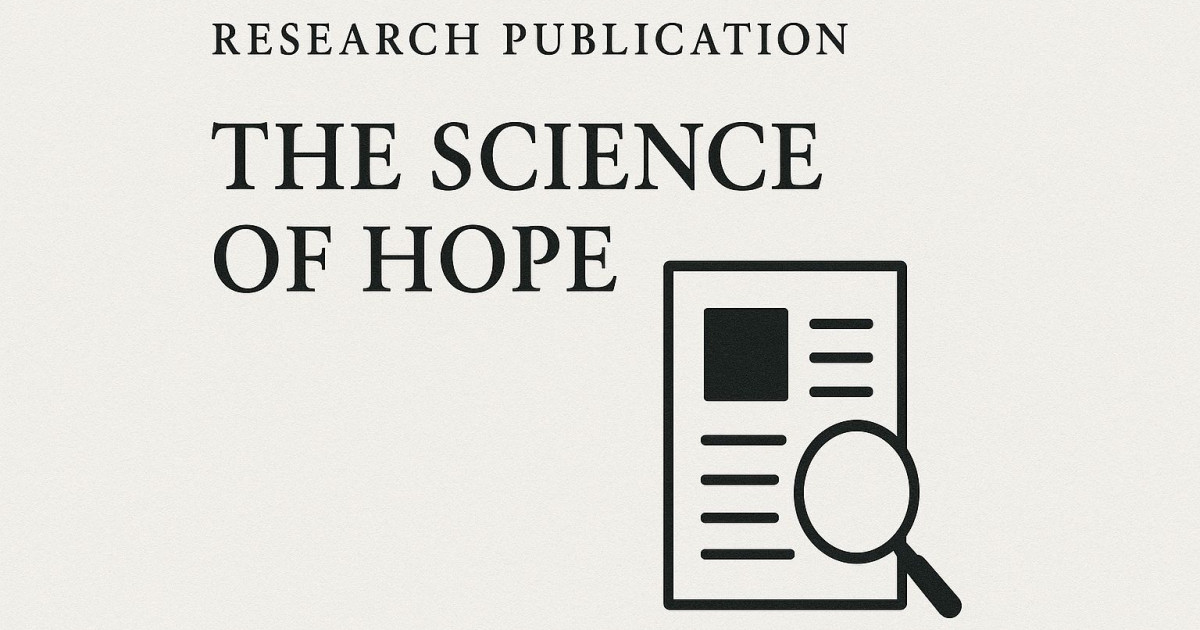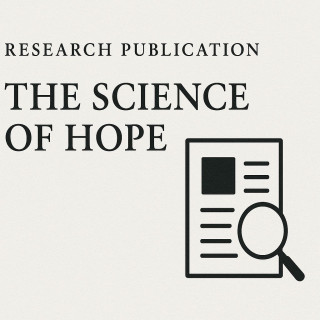Publication | Taking Action to Stop Violence: A Study on Readiness to Change Among Male Batterers

Taking Action to Stop Violence: Readiness to Change Among Male Batterers
Domestic violence remains one of the most pressing challenges facing families and communities. Efforts to break the cycle of abuse often focus on supporting survivors, but meaningful change also requires understanding how abusive individuals themselves move toward transformation. A study on male batterers’ readiness to change offers important insights into this process—particularly how factors like self-reflection, aggression, and parenting behaviors influence the willingness to stop violent actions.
The Framework: Transtheoretical Model of Change
The research applies the Transtheoretical Model of Change (TTM), a widely used framework that describes personal transformation as a series of stages:
Precontemplation: denial of a problem or refusal to change.
Contemplation: recognition of harm and consideration of change.
Action: active steps to alter behaviors and patterns.
Maintenance: sustaining progress and preventing relapse.
For men engaged in batterer intervention programs, progressing through these stages is critical. Simply attending mandated sessions is not enough; the depth of contemplation and the genuine commitment to action often determine whether true change occurs.
Study Overview
The study surveyed 109 men participating in a 52-week group counseling program for perpetrators of intimate partner violence. Most participants were court-ordered, and many had histories of arrest or incarceration related to domestic abuse. The researchers measured readiness to change, anger and hostility, self-esteem, and manipulative parenting behaviors—seeking to understand what predicts movement from awareness into action.
Key Findings
Contemplation is the Gateway
Men who deeply contemplated the impact of their violence on others were significantly more likely to report taking action to stop abuse. Without this stage of honest reflection, action rarely followed.Aggression as a Barrier
Higher levels of physical aggression were linked to lower readiness to change. This finding underscores that reducing aggressive tendencies is not only a behavioral necessity but also a psychological precondition for pursuing transformation.Manipulative Parenting as a Hidden Factor
A particularly notable result was the connection between manipulative parenting—undermining the other parent’s role, controlling children’s perceptions, or blaming the victim—and resistance to change. As batterers moved closer to taking action, this tendency decreased, suggesting that progress toward nonviolence also reshapes parenting behavior.Self-Esteem’s Complex Role
While some evidence suggested that stronger self-esteem related to greater readiness to change, the relationship was less conclusive. Distinguishing between healthy self-worth and narcissistic entitlement remains an important area for future research.
Implications for Practice
The findings provide important lessons for intervention strategies:
Facilitate Reflection: Programs should help men move from denial to contemplation, encouraging deeper acknowledgment of harm caused. Techniques like motivational interviewing and mindfulness can guide this process.
Target Aggression Directly: Addressing physical aggression with cognitive-behavioral strategies, anger management tools, and relational therapies can open the path to action.
Address Parenting Dynamics: Interventions should explore how abusive men manipulate children and co-parents, highlighting the destructive impact and guiding healthier parenting practices.
Differentiate Self-Esteem Needs: Tailoring approaches to men with fragile self-concepts versus those with inflated egos can ensure more effective outcomes.
The Science of Hope and Breaking the Cycle
At its core, this research connects directly to the Science of Hope. Hope is not just optimism; it is the ability to see a future, identify pathways forward, and find the agency to walk those paths. For batterers, developing readiness to change represents the first steps in building hope—not only for themselves but for their families and communities.
When abusive men begin to contemplate their actions and take responsibility, they create the possibility of new pathways: relationships grounded in respect, parenting that nurtures rather than undermines, and communities where cycles of violence can be broken. By embedding the principles of hope into batterer intervention programs, practitioners can move beyond compliance and foster true transformation.
Conclusion
This study sheds light on a difficult but essential question: what moves men who batter from resistance to readiness? The answer lies in reflection, accountability, and the dismantling of patterns of aggression and manipulation. The work is complex, but it is also filled with promise. By combining the insights of behavioral science with the principles of hope, we can build pathways to safer homes, stronger families, and healthier communities.

